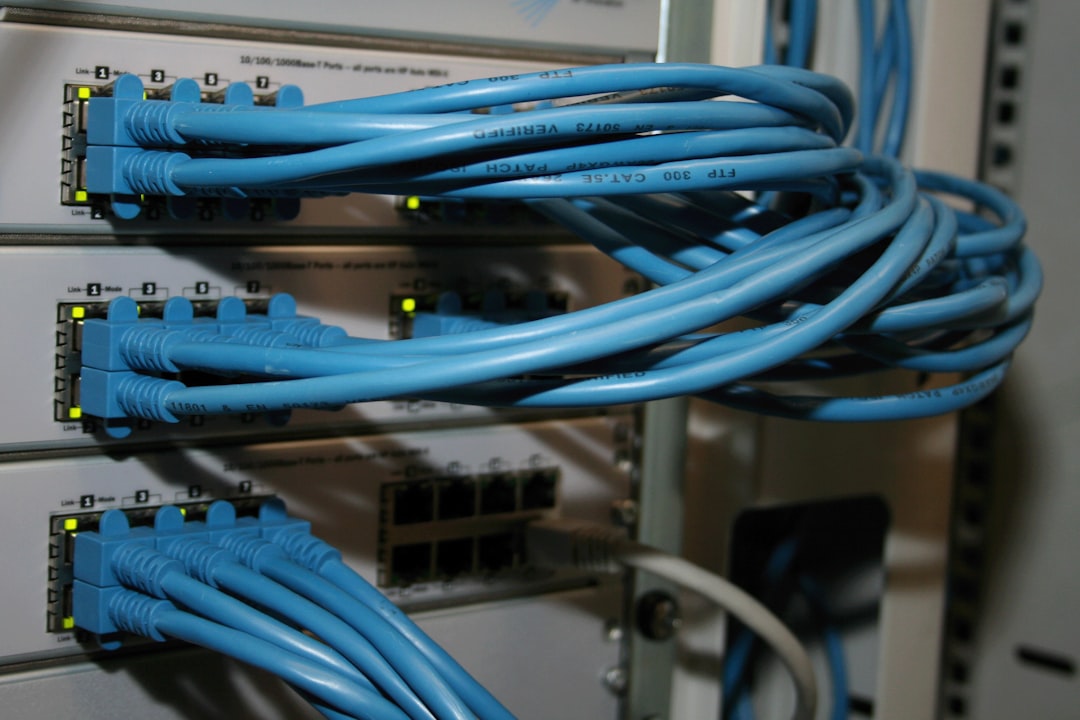In the modern digital workspace, organizations rely heavily on internal networks—intranets—to facilitate collaboration, streamline communication, and manage sensitive data. An intranet, although not publicly accessible, still faces significant security risks, especially when transmitting confidential information. One of the most effective safeguards for such systems is the implementation of Secure Sockets Layer (SSL) certificates, now technically referred to as Transport Layer Security (TLS) certificates. These certificates are essential not only for protecting sensitive data but also for ensuring secure and trusted internal communication.
This article explores in detail how intranet SSL certificates function, their role in safeguarding organizational data, and why no enterprise—regardless of size—should overlook their importance.
What Are Intranet SSL Certificates?
SSL certificates are digital credentials that authenticate the identity of a server and enable encrypted connections between clients and servers. Although most commonly associated with securing websites on the internet, SSL certificates also serve a critical role in internal networks.
Intranet SSL certificates are specifically designed to secure communications within an organization’s internal network. Instead of verifying a public domain name (such as www.company.com), these certificates may validate internal server names or IP addresses, depending on the network configuration and policies in place.

Why Internal Communication Needs SSL Protection
There is a common misconception that internal networks are inherently secure due to their limited exposure to the outside world. However, this belief often leads to complacency. Internal threats—from compromised devices, malicious insiders, insecure endpoints, or poorly patched software—pose real risks. Without encryption, data transmitted across internal networks can be intercepted, modified, or stolen.
SSL certificates address these issues by:
- Encrypting Communication: SSL certificates use strong encryption algorithms to protect data in transit, making it unreadable to unauthorized parties.
- Authenticating Servers: They ensure that the systems communicating within the intranet are who they claim to be, thereby preventing man-in-the-middle attacks.
- Establishing Trust: Employees accessing internal portals or applications will see secure connections, which reinforces security best practices across the organization.
How SSL Encryption Works in an Intranet Environment
When a client device (like an employee’s computer) initiates a connection with a server on the intranet, the SSL handshake process begins. This involves the server presenting its SSL certificate to prove its identity. If the certificate is valid and trusted, the client and server establish an encrypted session using a shared secret key. All subsequent data transmitted across this session is encrypted and secured.
This process is critical when employees handle proprietary data, financial records, HR details, or internal messages. By ensuring that this information remains hidden from unauthorized viewers—even within the internal network—SSL certificates offer a robust line of defense.
Types of SSL Certificates Used in Intranets
The choice of SSL certificate depends on the organization’s internal infrastructure. Here are a few types often employed within intranet environments:
- Self-Signed Certificates: Created and signed internally, these are easy to implement but not automatically trusted by devices. Often used in small-scale environments but can trigger trust warnings.
- Certificates from Internal Certificate Authorities (CAs): Medium- to large-scale organizations often run their own internal CA, enabling more secure and trusted deployments.
- Certificates from Public CAs: Though less common for strictly internal applications, organizations sometimes opt to use certificates from trusted public authorities for hybrid networks or simplified management.

Benefits of Using SSL Certificates in an Intranet
The application of SSL certificates within internal systems provides numerous advantages ranging from security to compliance and operational efficiency.
- Enhanced Data Security: SSL encryption prevents unauthorized parties from eavesdropping or tampering with internal communications.
- Compliance with Regulations: Many standards such as HIPAA, GDPR, and ISO 27001 require encrypted transmission of sensitive data, even within internal systems.
- Improved User Trust: Employees recognize and trust secure connections. A consistent secure interface educates and reinforces a culture of cybersecurity.
- Reduced Risk of Internal Threats: Encrypted channels protect against inadvertent data leaks or deliberate tampering by insiders with system access.
- Secure Remote Access: As remote and hybrid work models rise, securing VPN gateways and internal apps accessed from outside requires dependable SSL protection.
Deployment Best Practices
To maximize the effectiveness of intranet SSL certificates, organizations should follow several best practices:
- Use Strong Encryption Algorithms: Outdated protocols like SSL 2.0 or 3.0 are vulnerable. TLS 1.2 or above should be standard.
- Regularly Renew and Audit Certificates: Expired certificates can lead to service interruptions and trust issues. Centralized management helps prevent oversights.
- Limit Certificate Scope: Issue certificates based on function and area of responsibility (i.e., per-app or per-department), not across the entire intranet.
- Employ Internal CAs for Lifecycle Control: Creating and managing your own certificate authority improves flexibility and control over issuance, revocation, and renewal.
- Educate Internal Users: Train employees to recognize browser warnings and understand the importance of encrypted communication.
Common Challenges and How to Overcome Them
While intranet SSL certificates are vital for security, their deployment can pose several challenges:
- Trust Warnings: This typically occurs when using self-signed or untrusted certificates. Solution: Use internal CAs and ensure root certificates are installed on all clients.
- Certificate Management Overhead: In a large network, tracking and renewing certificates manually becomes burdensome. Solution: Use automation tools and centralized dashboards.
- Incompatibility with Legacy Systems: Older devices or applications might not support modern encryption standards. Solution: Gradually upgrade systems while maintaining isolated secure zones.
Future Outlook for Intranet Security and SSL
As organizations continue adopting cloud services, remote work solutions, and hybrid IT environments, the boundaries between internal and external networks blur. This convergence reinforces the need for universal encryption practices—including within traditional intranets.
Emerging trends like zero-trust architectures heavily rely on SSL/TLS encryption for validation and access control. Additionally, automation in certificate issuance and renewal is revolutionizing the manageability of secure internal communications, bridging gaps previously left by human error or negligence.

Conclusion
Intranet SSL certificates are far more than optional security features—they are foundational components in an enterprise’s cybersecurity strategy. They ensure the privacy, integrity, and authenticity of internal communications, protect sensitive organizational data, and contribute to compliance with global security frameworks. Whether through self-signed, CA-issued, or hybrid certificate models, every organization stands to benefit from a well-implemented SSL strategy in their internal networks.
As cyber threats grow more sophisticated and data becomes increasingly valuable, internal network security must evolve accordingly. SSL certificates bring that necessary layer of trust and protection. Organizations that take proactive steps now to secure their intranets will position themselves far better to withstand the increasing demands of tomorrow’s digital threat landscape.




